The key areas of microbiology that we represent are: i) Bacterial genetics (Prof. J. Gowrishankar), ii) Bacterial metabolism and systems biology, and iii) Glutathione and suphur metabolism in yeasts
Dr. Gowrishankar’s research focus has been the use of genetic and molecular approaches to understand various physiological processes in the bacterium Escherichia coli, including osmoregulation, solute transport, RNA processing and turnover, maintenance of genome integrity, and the interplay between transcription, translation, and DNA replication.
Dr. Rachna Chaba’s lab utilizes high-throughput quantitative genetic screening methodology (response of every gene deletion/overexpression strain to chemical perturbations, ~4000 genes), to identify novel players and networks in metabolism. The information extracted from these genomic approaches is integrated with knowledge from other high-throughput datasets to generate testable hypotheses about the function of novel genes, the process they participate in, and interconnections between pathways. As a complement, they also perform detailed molecular studies of important targets to establish their functional roles. Their research mainly focuses on metabolic processes that govern utilization of carbon sources implicated in pathogenesis and/or are important in biofuel production. Overall, their study intends to identify novel transporters, metabolic enzymes and regulators required for the degradation of carbon sources, and crosstalk between metabolic pathways and stress response pathways important for carbon source utilization. Thus, the combined use of a functional-genomics approach and mechanistic analysis will expand our knowledge of metabolism beyond a mere description of parts and will provide new metabolic information that can be harnessed to design novel antibacterials and create strains for biofuel production.
Prof. Bachhawat's lab explores various aspects of glutathione and suphur metabolism in yeasts.Their main focus is on understanding how glutathione levels are maintained in the cell, and we are examining different pathways that contribute towards this maintenance. This includes the high affinity plasma membrane transporter of glutathione that was identified in their lab, the classical and two recently discovered non-classical pathways of glutathione degradation (also discovered in their lab) biosynthesis, organellar compartmentalization and utilization of glutathione. They are attempting to not only understand these different pathways and their regulation in detail, but are also interested in integrating these pathways and their regulation into a larger picture of glutathione homeostasis in living cells.

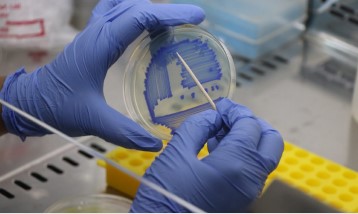
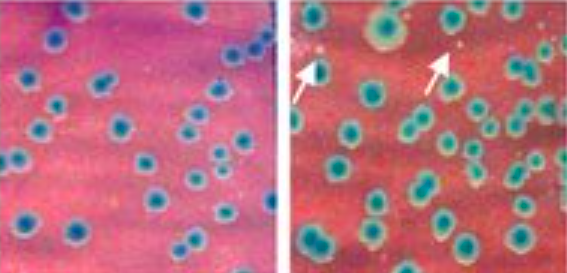
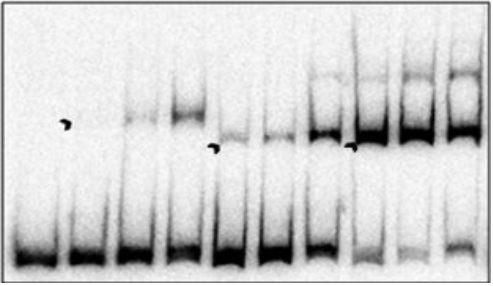
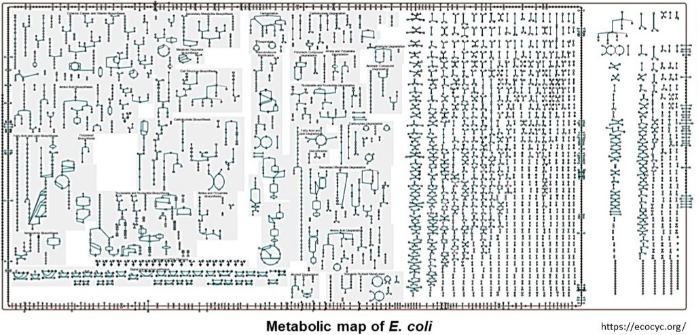
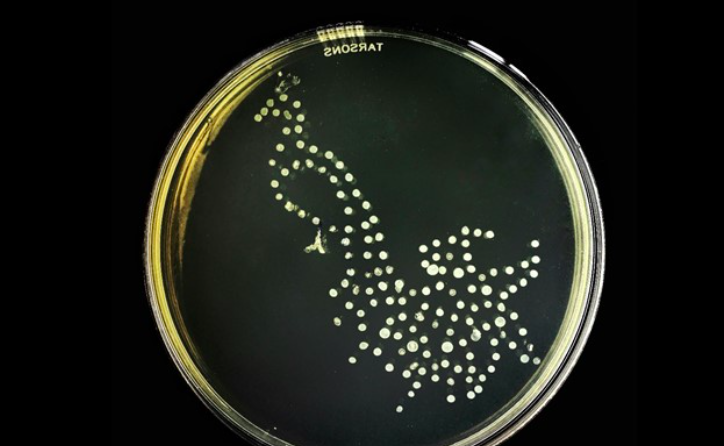

.jpeg)
.jpeg)